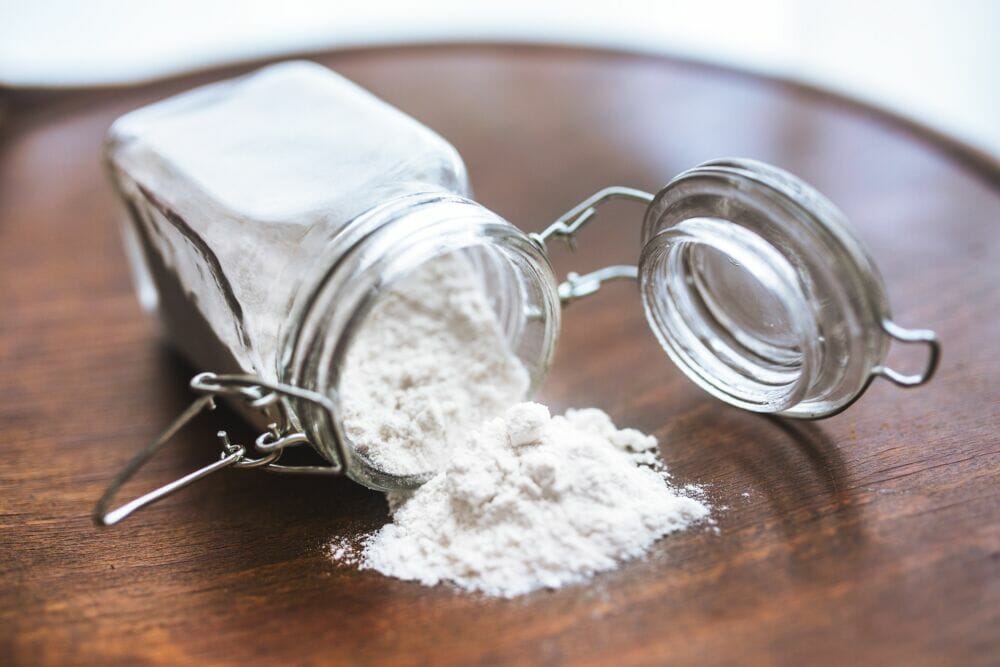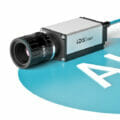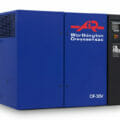~ How electrical connectors minimise the risk of a flour explosion ~
The flour milling industry plays a vital role in feeding the population but it hides an often-underestimated danger. Flour explosions are a risk to flour mills and can lead to the destruction of property and serious harm or death for workers. Here Isaac Noble, product manager at electrical connector specialist PEI-Genesis, discusses the hazards in flour mills and how connectors can be used to minimise the risk of explosion.
Flour explosions are typically caused by the build-up of flour particulates over time. The danger lies when airborne flour dust comes into contact with a spark from an ignition source, such as a faulty wiring circuit, which ignites the flour in the air. Flour is also 35 times more combustible than coal-dust. It’s mostly made of starch, a highly flammable complex carbohydrate that consists of glucose molecules. Only one to two grams of dust per cubic foot of air makes the mixture ignitable.
How can electrical connectors minimise flour explosions?
Preventative maintenance and consistent cleanliness are crucial to stopping dust build-up but plant operators can also take other measures to avoid incidents. Electrical connectors can minimise dust explosions by ensuring there won’t be any sparks coming from the connector to ignite the dust. Having a controlled and protected area where the wires go into the connector, or where the contacts mate, can reduce the chance of a spark. Connectors also need to be ingress protected to keep dust out of the connector.
Though the materials used to make the connector are important, it’s the way it is designed to seal and protect the electrical elements that is critical in minimising the risk of dust explosions. Potting around the cable wires where they connect with the contacts, for example, can remove the risk of a spark in this area. This can be done inside an equipment enclosure or within a gland on a cable connector.
Understanding ATEX regulations
In Europe, hazardous areas must follow ATEX regulations to ensure specific equipment reduces the risks associated with explosive atmospheres. ATEX certification dictates how and where equipment can be used and this is clearly labelled on equipment needed in these areas. ATEX approved connectors, like the Star-line EX and Amphe-EX, are both ATEX certified for Zone 21 hazardous dust environments with an EX tb IIIC rating. Their manufacturing process and rigorous auditing occur in closely controlled conditions and any design changes are also retested and recertified to ensure they are properly approved.
Plant operators should buy connectors from a reputable source that is correctly approved and tested by a recognised ATEX regulator. The traceability of connectors also needs to be maintained for audit. PEI-Genesis sells all EX-style connectors with an ATEX tag that lists information such as where the connector has been manufactured and what temperature it can be used at along with other compliances.
It’s important to note that ATEX approval cannot be achieved using two connectors from different manufacturers, even if they are both ATEX approved. ATEX approval is based on a mating pair from the same manufacturer, there is a specific flame path that is designed into the connectors which goes through the mating section. Failure to use the same manufacturer will cause a plant operator to run into problems with audit.
PEI-Genesis is committed to ensuring all information is available to its customers through the ATEX tag. This way customers know who assembled each connector and who manufactured the parts for the connector, the information is also linked into their system to create a clear audit trail.
Though highly explosive, flour is necessary in feeding the population. Choosing the correct electrical connector is one way to reduce the likelihood of an explosion. To find out more about the range of rigorously tested, suitable electrical connectors for ATEX environments, visit the PEI-Genesis website.








